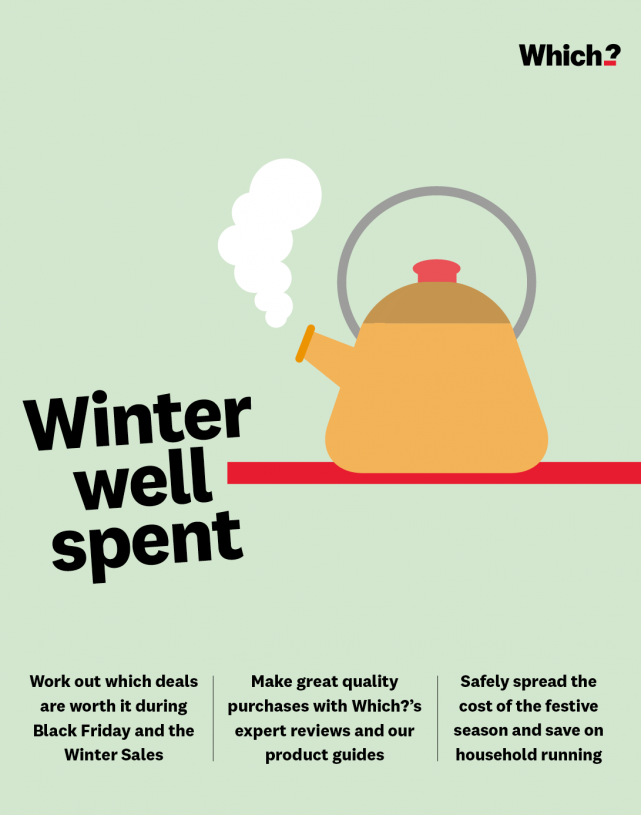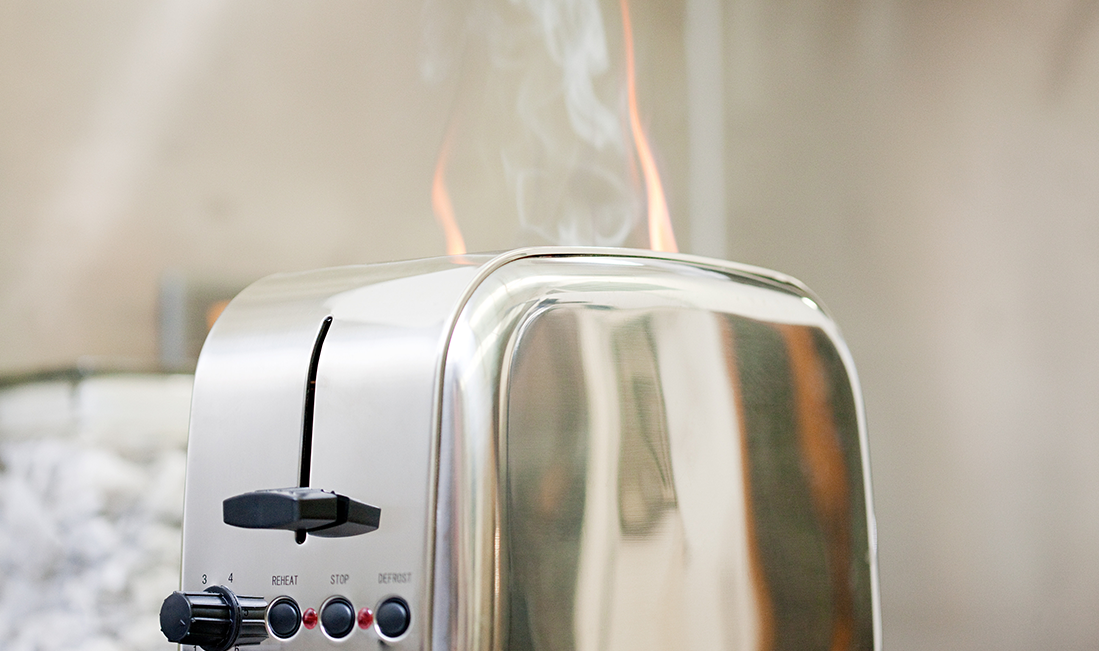User guide
Finding your way around the guide
To navigate between pages, click or tap the arrows to go forwards to the next page or backwards to the previous one. The arrows can be found either side of the page and at the bottom, too (circled in green, below).


Menu/table of contents
Click or tap on the three horizontal lines in the top-right of your screen to open the main menu/table of contents. This icon is always visible whether you're using a computer, tablet or smartphone. The menu will open on top of the page you’re on. Click on any section title to visit that section. Click the cross at any time to close the table of contents.
Text size
On a computer, you'll see three different sized letter 'A's in the top-right of your screen. On a smartphone or tablet these are visible when you open the menu (see above). If you’re having trouble reading the guide, click or tap on each of the different 'A's to change the size of the text to suit you.
Pictures
On some images you'll see a blue double-ended arrow icon. Clicking or tapping on this will expand the picture so you can see more detail. Click or tap on the blue cross to close the expanded image.
Where we think a group of images will be most useful to you, we've grouped them together in an image gallery. Simply use the blue left and right arrows to scroll through the carousel of pictures.
Links
If you see a word or phrase that's bold and dark blue, you can click or tap on it to find out more. The relevant website will open in a new tab.
Jargon
If you see a word or phrase underlined, click or tap on the word and small window will pop up with a short explanation. Close this pop-up by clicking or tapping the cross in the corner.
Help
On a computer, you'll see a question mark icon in the top-right of your screen. On a smartphone or tablet this is visible when you open the menu (see above).
Clicking or tapping on the question mark will open this user guide. It opens on top of the page you're on and you can close it any time by clicking or tapping the cross in the top-right corner.

Avoid dangerous products
Online marketplaces offer a wide array of products often at a range of prices, but sometimes a deal can be too good to be true.

If you buy from an online marketplace there’s less consumer protection to call upon should things go wrong. You might find yourself with something that’s simply frustratingly poor at its job, but there are also large numbers of products out there that have dangerous safety issues. Here, we will offer advice on how to avoid buying something that might be a health hazard and what you can do to protect yourself and others if you come across something dangerous.
Join our free Scam Alerts service – it’ll alert you to any new and active scams and advise on what steps to take if you have been scammed.
How to avoid buying dangerous products
Online marketplaces – such as eBay, Amazon Marketplace, Wish and AliExpress – are websites that enable you to buy from third-party sellers, but they don’t have to abide by the same rules as high-street shops or regular online retailers, which can be bad news for consumers when a purchase doesn’t meet safety standards.
In previous Which? research, 66% of the 250 items bought for the study from online marketplaces failed safety tests. Alarmingly, these included products that are actually designed to keep us safe, such as carbon monoxide alarms, smoke alarms and bike helmets, and also items aimed at babies and children, such as teething toys and balloons.
Here are three ways to avoid dangerous products:
-
Deals that look too good to be true probably are We've found dozens of cheap and dangerous products with safety issues.
-
Try to stick to known brands where possible If it’s unbranded or from an unfamiliar brand it’s more likely to be problematic. Be alert for fakes and unbranded cheap clones (see below).
-
Do your research Don’t simply rely on high customer review scores to guard against a poor or dangerous product. Search online by typing the name of the product followed by 'common faults', 'problems' or 'issues' to see if other consumers have had trouble.
If you’ve come across online customer reviews that you think are suspicious and may be fake, or maybe you’ve been approached to write a positive review for a product, perhaps with the offer of a refund or free gift, get in touch. Email the Which? Fake Reviews team at fakereviews@which.co.uk and tell us your story.
How to avoid cheap clones
It might have the look of a well-known brand, but misleading listings can leave you inadvertently buying a counterfeit. We’ve uncovered dozens of dangerous USB chargers, travel adaptors and power banks on sale in Amazon Marketplace, eBay, AliExpress and Wish that could cause fires, give electric shocks and harm people. We also saw items that had been recalled because they were dangerous still displaying positive product reviews.
If a product you’re buying is from a brand you don’t recognise, look it up online to see if it has a reputable-looking website and an accessible customer support number, live chat or email.
Check the wording of the listing carefully: for example, ‘Genuine Samsung charger’ is more reassuring than ‘Samsung compatible charger’.
Don’t trust the overall rating and five-star reviews – read all the negative reviews too, where buyers will often flag if the product doesn’t appear genuine.
It can be difficult to tell if a product complies with a safety standard using just the product listing of an online retailer. If this is important to you, email the seller to find out.
How do I report a dangerous product?
If you suspect a product isn't safe, you should report it to both the seller and the marketplace, which may then look into why it’s been flagged. For example:
-
On Amazon, get in touch on their Customer Service page to report the issue. You can also report suspicious activity on the site by following their guidance.
-
On eBay, use the 'Report item' link just above the main product description, where you can select from a list of reasons for reporting and detail the specific problem.
Product recalls
Product recalls occur when a safety issue or defect has been found that could be dangerous.
If you register a product, the manufacturer can contact you if it gets recalled. You can register directly with the manufacturer or use the government-backed Register My Appliance service.
If you’re browsing an online marketplace and want to check if the product you’re thinking of buying has been recalled, head to our list of where to check for recalled products.
The Which? Scam Action and Alerts Facebook group is a community of 19,000 scam spotters dedicated to helping each other in the fight against fraud. Join the community and dodge phishing emails, fake texts and fraud cold calls – and share your stories so others don’t get caught out.

